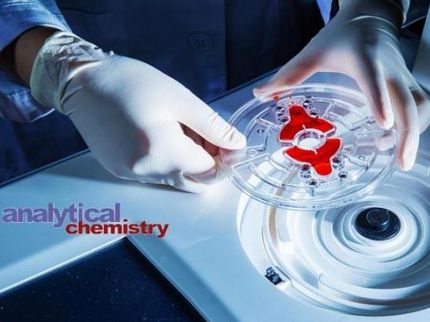Pulse Oximetry Entrenched as Standard-of-Care in Patient Monitoring, States Frost & Sullivan
Pulse oximetry is often referred to as the fifth vital sign. The significance of continuous oxygenation monitoring in hospitals and other critical care settings cannot be doubted. Pulse oximetry technology has undergone considerable change over the past couple of years and recent advances have made the process not only more reliable and safer but also more accurate. However, the pulse oximetry market faces the same challenges that are crippling the total patient monitoring market.
New analysis from Frost & Sullivan, European Pulse Oximetry Market, finds that the market earned revenues of $150 million in 2008 and estimates this to reach $246 million in 2015. In this research, Frost & Sullivan's expert analysts thoroughly examine the stand-alone and hand-held devices product sectors for hospitals and alternate care units.
“In the past decade, several long-term trends have emerged, which have driven the need for more advanced patient care in the intermediate and sub-acute areas of the hospital,” notes Frost & Sullivan Senior Research Analyst Janani Narasimhan. “The rapid turnover of patients from critical care to sub-acute areas continues to spiral even as the demand for pulse oximetry monitoring in cardiac step-down units and other sub-acute care areas rises.”
Today, pulse oximetry has become a standard of care in patient monitoring market. Almost every multiparameter patient monitor includes either an integrated or an attachable SpO2 module. The presence of low-cost foreign medical device manufacturers could substantially drive down average prices in the pulse oximetry market. Stand-alone pulse oximeters are also sold as retail products directly to patients.
“Pulse oximetry may become first markets to experience faster price erosion because of the low-cost foreign medical device retail business,” remarks Narasimhan. “For instance, the average price of a U.S. hand-held oximetry brand is about $400 to $800, while the retail price of hand-held pulse oximeters from Mindray, the leading Chinese patient monitoring manufacturer, is about $300.”
Aging baby boomers are considered a major factor in the rapid move towards remote patient monitoring. Baby boomers are leading the charge of consumerism in healthcare. They are taking healthcare into their own hands and are helping transform its delivery in the future. By constantly 'being connected,' patients are becoming more involved in the decisions about their treatment and overall health management.
The most commonly monitored parameters in the remote patient monitoring setting include pulse oximetry. Some SpO2 monitors are available with internal memory and/or wireless data transmitters and can be used easily at home by patients without the help of a caregiver.
Low competition results in price erosion. However, it also makes it difficult for small and new manufacturers to compete actively in a highly consolidated market. Often, smaller companies cannot compete with established competitors in major markets such as critical care and are forced to compete in smaller markets. The lack of competition in the major markets may limit technological innovation and product growth. This situation is likely to hamper market prospects.
“Low replacement rates of hand-held and finger pulse oximetry units could magnify their restraining effect on the market,” cautions Narasimhan. “The low average price and replacement rate of hand-held and finger pulse oximeters are expected to limit the expansion of the home monitoring market – a major growth area.”
Currently, almost every multiparameter monitor includes an integrated monitoring channel. Growth in the multiparameter patient monitoring market, therefore, directly drives the pulse oximetry monitoring market.
Companies such as Mindray are gaining ground in Europe with low-priced products. The benefits of a low-cost product lies both in the potential room for downward price negotiation to gain market penetration as well as the increased profitability potential that exists based on current prices. Mass production of products could be a crucial element for low-cost products.
“Pulse oximetry is comparatively cheaper but, at the same time, a valuable measure of real-time health,” states Narasimhan. “Hence, it has the potential to be utilised in wider areas and not just in hospitals and clinics; companies should focus on tapping new markets such as sleep diagnostics and tele health, among others.”
If you are interested in a virtual brochure, which provides a brief synopsis of the research and a table of contents, then send an e-mail to Katja Feick, Corporate Communications, using the contact button below.























































